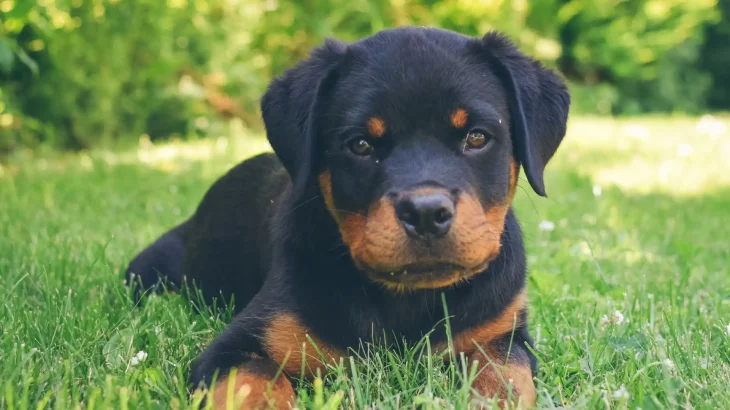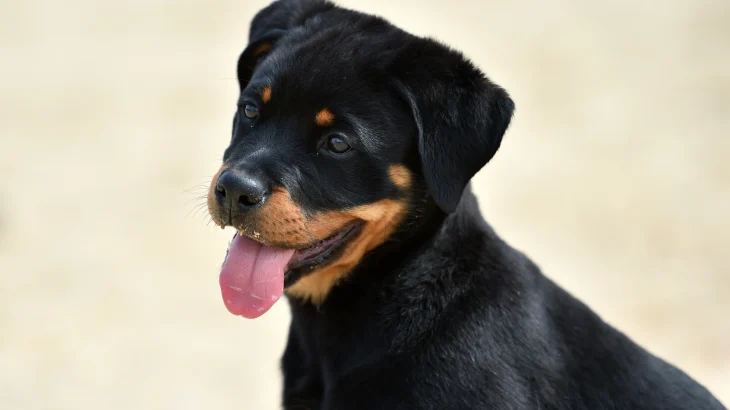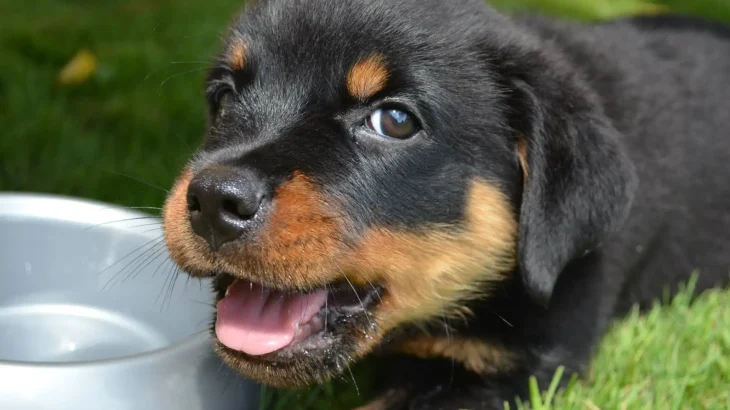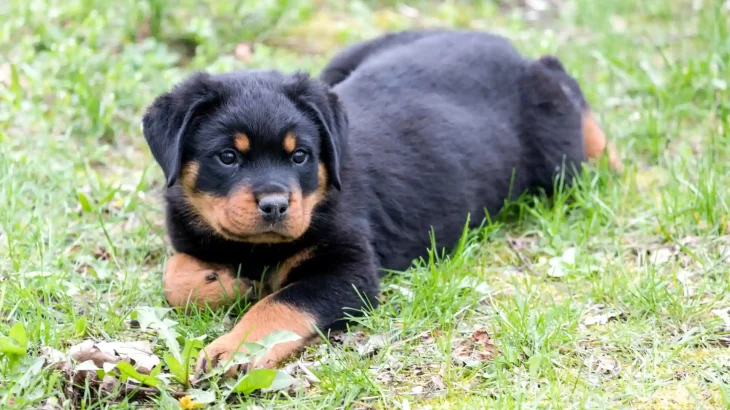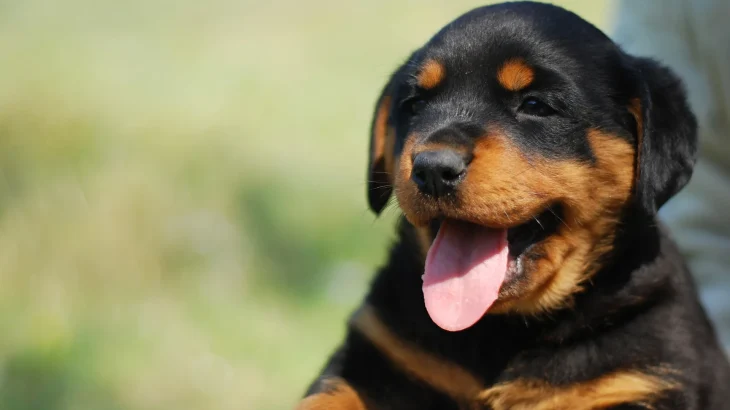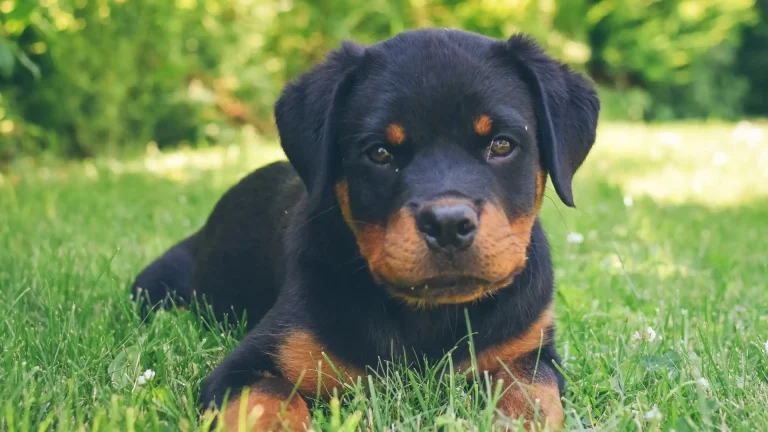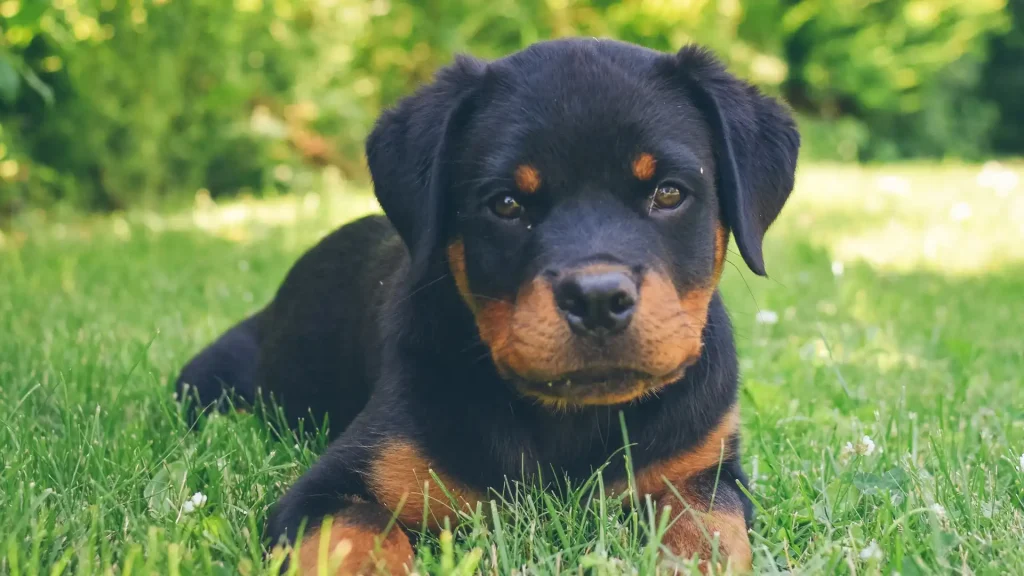Deciding whether to adopt or purchase a Beauceron puppy depends largely on your priorities regarding health transparency, cost, and ethical considerations. Purchasing from a reputable breeder usually ensures knowledge about the puppy's lineage and health, whereas adopting can be a more affordable and compassionate choice, giving a home to a dog in need.
Adoption vs. Breeder: Pros & Cons
| Criteria | Buying from Breeder | Adopting from Shelter/Rescue |
|---|---|---|
| Cost | Generally higher price reflecting purebred status and breeding expenses. | Typically lower adoption fees, which may include vaccinations and spaying/neutering. |
| Health History | Detailed health records and genetic history often provided. | Health history may be limited or unknown, though initial veterinary checks are usually done. |
| Age Availability | Primarily puppies, allowing early socialization and training. | Variety of ages available, including adults and seniors. |
| Temperament Insight | Breeders can share info on lineage temperament and behavior tendencies. | Shelter staff provide insight based on observed behaviors, but full background can be unclear. |
| Supporting Practices | Supports selective breeding to maintain breed standards. | Supports animal welfare by providing homes to dogs in need. |
| Breed Purity & Pedigree | Clear pedigree and documented breed purity. | Breed purity may be uncertain, especially if mixed heritage dogs are common. |

